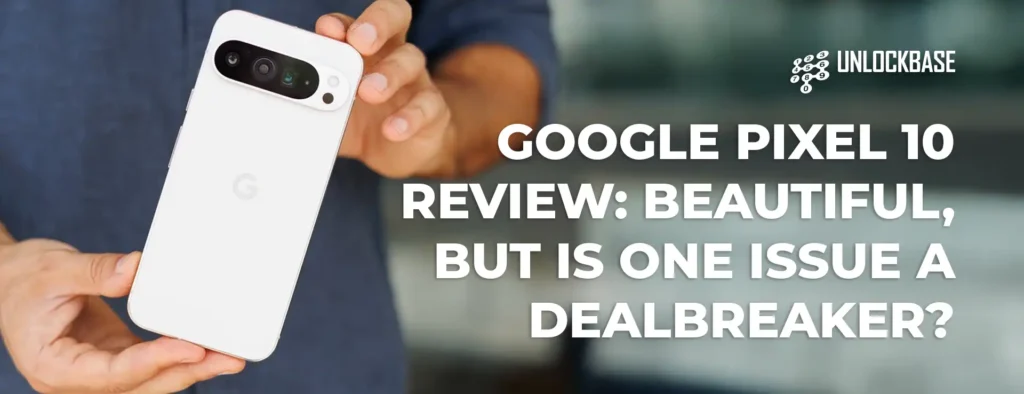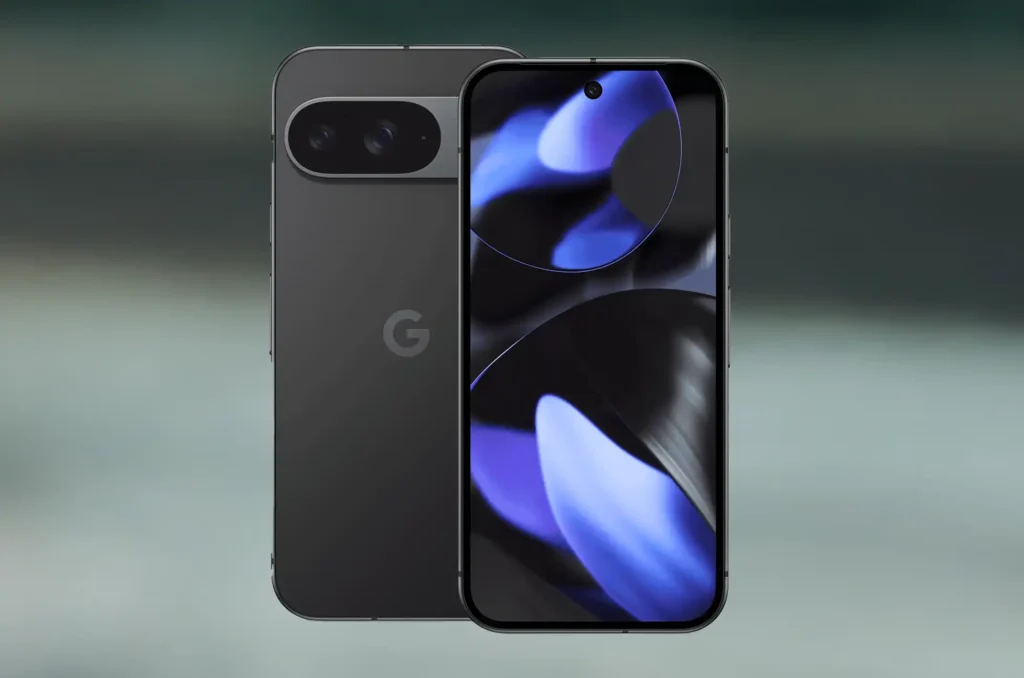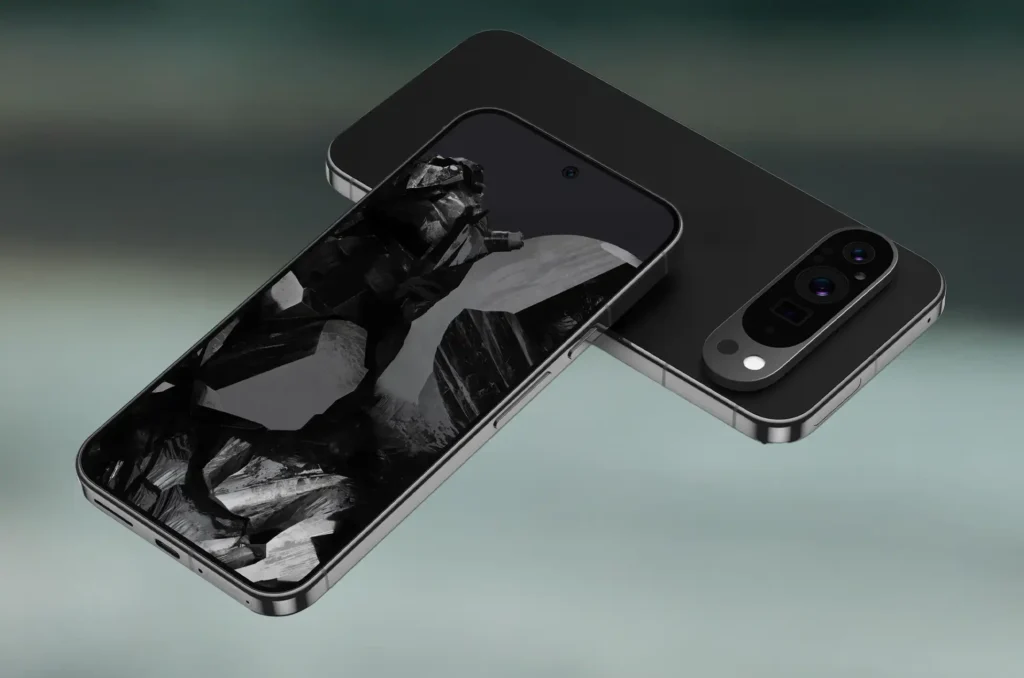
Google Pixel 10 Review? Recent leaked renders of the Google Pixel 10 series reveal a trio of handsets that maintain virtually identical aesthetics to their predecessors. If you’ve seen the Pixel 9 family (Pixel 9, Pixel 9 Pro, and Pixel 9 Pro XL), you’ve essentially seen the upcoming Pixel 10 lineup. The only notable design change appears to be the curious addition of a third camera on the base Pixel 10 model—otherwise, Google seems to be sticking with its established design language.
While some might dismiss these renders as uninspired, there’s a compelling case for Google’s decision to maintain consistency. The Pixel 9 series boasts some of the industry’s finest build quality, with aesthetics that continue to impress. Though a fresh design would certainly generate excitement, it’s difficult to complain when the current offering delivers such exceptional quality.
However, this praise comes with an important caveat. Despite my appreciation for the build and visual appeal of the Pixel design, one significant issue remains—and the Google Pixel 10 family shows no signs of addressing it.
The Weighty Issue: Pixel’s Uncomfortable Density Problem
Six months after the Pixel 9 Pro’s launch, revisiting the device revealed an overlooked flaw: the Pixel 9 Pro is uncomfortably heavy. The phone feels dense and noticeably top-heavy with each use—a characteristic that becomes increasingly apparent in daily handling and stands out as one of its least appealing qualities.
This observation might seem surprising when examining the specifications. The Pixel 9 Pro weighs 199 grams which, while not lightweight, isn’t unprecedented in the smartphone market. For perspective, consider these comparable devices:
- Nothing Phone 3a: 201 grams
- OnePlus 13: 210 grams
- Samsung Galaxy S25 Ultra: 218 grams
- Xiaomi 15 Ultra: 226 grams
The crucial difference lies in the form factor. While the Pixel 9 Pro features a relatively compact 6.3-inch display, the competitors listed above sport much larger screens ranging from 6.7 to 6.9 inches. The regular Pixel 9 presents the same issue—also housing a 6.3-inch display while weighing a substantial 198 grams.

Size Matters: How Pixel Compares to True “Compact” Phones
When compared to genuine compact smartphones, the unusual weight distribution of the Pixel 9 and Pixel 9 Pro becomes even more pronounced. The base Galaxy S25 features a similar 6.2-inch screen but weighs just 162 grams—delivering a significantly more comfortable handling experience. Similarly, the iPhone 16 with its 6.1-inch display weighs only 170 grams.
Despite having comparable screen sizes, both Pixel 9 models feel noticeably bulkier than the Galaxy S25 and iPhone 16. While they aren’t the heaviest smartphones based purely on specifications, their weight concentrated within a smaller profile creates a disproportionately hefty feel compared to other devices.
The Technical Explanation: Justified Weight or Design Oversight?
Defenders might argue that the Pixel 9 Pro’s additional weight is justified by its enhanced capabilities. It does feature a substantially larger battery than both the Galaxy S25 and iPhone 16, while also incorporating a periscope telephoto camera that neither competitor offers. This formula—larger battery plus advanced camera technology—naturally contributes to increased weight, representing a seemingly reasonable trade-off.
However, this argument loses credibility when considering the base Pixel 9, which weighs almost identically despite having only two cameras. Furthermore, the weight issue becomes even more apparent when comparing different form factors:
- When holding the Pixel 9 Pro alongside the OnePlus 13, the latter feels lighter despite actually weighing 11 grams more
- The OnePlus 13’s wider, taller frame allows for more balanced weight distribution, creating a superior in-hand experience
- This improved ergonomics exists despite the OnePlus also featuring a periscope telephoto camera and a battery 1,300 mAh larger than the Pixel
Google Pixel 10 Review : Will Google Address the Weight Problem?
Based on the latest leaked renders, it appears the weight issue will likely persist with the Pixel 10 series. The Pixel 10 Pro’s dimensions remain virtually identical to its predecessor, reportedly measuring just 0.10mm thicker. Similarly, the base Pixel 10 shows a slight thickness increase, but with the potential addition of another camera sensor, it might actually become heavier than before.
While Google could theoretically find ways to reduce weight despite the similar dimensions, the nearly identical design offers little reason for optimism. Such similar physical specifications leave minimal opportunity for Google to shed the much-needed grams that would improve the handling experience.
The Compact Compromise: When Small Doesn’t Feel Small

This weight issue represents a particularly disappointing compromise for the Pixel 9 Pro. The entire purpose behind offering both Pro and Pro XL models was to deliver premium features in a more compact form factor. While Google succeeded in creating a smaller display size, the disproportionate weight undermines the compact phone experience in a meaningful way.
As more details about the Pixel 10 series emerge in coming weeks, the weight specifications will be worth watching closely. Though significant weight reduction seems unlikely given the apparent design similarities, Google might still surprise us with engineering improvements that address this persistent ergonomic challenge.
Google Pixel 10 Review : Conclusion
The Google Pixel 10 series appears poised to continue the design excellence established by its predecessors—delivering beautiful aesthetics and premium build quality that stands among the industry’s best.
However, the unresolved weight distribution issues threaten to undermine the otherwise exceptional user experience, particularly for those seeking a truly comfortable compact flagship.
For potential buyers, particularly those sensitive to device ergonomics, this weight consideration may prove to be the deciding factor when evaluating the Pixel 10 against increasingly refined competition. What do you think? Does a phone’s weight significantly impact your purchasing decision, or are other factors more important to you? Share your thoughts in the comments below!
All products, and company names, logos, and service marks (collectively the "Trademarks") displayed are registered® and/or unregistered trademarks™ of their respective owners. The authors of this web site are not sponsored by or affiliated with any of the third-party trade mark or third-party registered trade mark owners, and make no representations about them, their owners, their products or services.

Comments are closed.